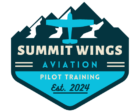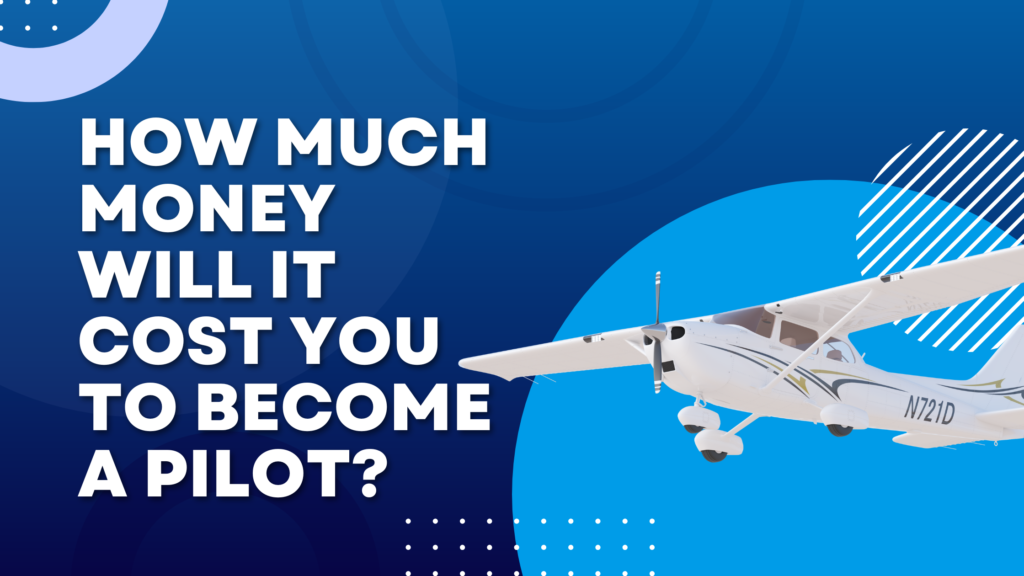The dream of becoming a pilot is exhilarating. Few experiences compare to the freedom of soaring through the skies, navigating the clouds, and seeing the world from a perspective few people get to enjoy. But before you embark on this journey, it’s essential to understand what flight training entails—not just the skills you’ll develop but also the costs involved.
Becoming a pilot requires careful planning, discipline, and a clear understanding of the financial investment. Whether you’re pursuing aviation as a career or a personal passion, knowing the associated costs will help you prepare and budget wisely. Let’s break down the expenses of flight training and the supplies you’ll need along the way.
What Does Flight Training Cost?
The price of flight training varies depending on where you live, the type of training program, and how often you can schedule lessons. The FAA requires a minimum of 40 hours of flight time for a Private Pilot Certificate, but most students need closer to 60–65 hours to develop proficiency.
Here’s what you can generally expect:
- Aircraft Rental: $120–$220 per hour, depending on the aircraft and its avionics.
- Flight Instructor Fees: $50–$75 per hour for primary training.
Based on these averages, the total cost for flight training typically ranges between $11,000 and $13,000, including airplane rentals and instruction. This estimate doesn’t include additional costs like books, tools, exams, or other required supplies.
While these figures may seem daunting, remember that every hour spent training is an investment in your skills, confidence, and future as a pilot.
Additional Costs to Plan For
While aircraft rentals and instructor fees make up the bulk of your training expenses, there are several other important costs to consider. These include certifications, insurance, and the final check ride to earn your pilot certificate.
Medical Certificate
Before you can fly solo, you’ll need to pass a medical examination conducted by an FAA Aviation Medical Examiner (AME). This ensures that you’re physically fit to fly. Expect to pay approximately $200 for the exam. You can find an AME near you using the FAA’s AME Locator.
Non-Owned Aircraft Rental Insurance
Many flying clubs and schools require student pilots to carry rental insurance to protect against liability and damage. A typical policy costs between $200 and $300 per year and must meet the school’s minimum coverage requirements.
Check Ride Fees
The check ride is the final practical exam you’ll take to earn your Private Pilot Certificate. Administered by an FAA Designated Pilot Examiner (DPE), this exam typically costs $700–$1,500, depending on your location and examiner availability.
Essential Supplies for Student Pilots
Flight training isn’t just about time in the cockpit—you’ll need books, tools, and equipment to help you succeed. Here’s a breakdown of the essentials and their approximate costs:
Books
- FAR/AIM: $15–$20
- Pilot’s Handbook of Aeronautical Knowledge: $20–$30
- Airplane Flying Handbook: $15–$25
Tools and Accessories
- E6B Flight Computer: $20–$80 (mechanical or electronic)
- Rotating Plotter: $10–$20
- Sectional Charts: $8–$15 each
- Kneeboard with Paper Pad: $20–$50
- Red LED Headlight: $15–$30
- View-Limiting Device (Blockalls): $15–$25
- Fuel Straining Device: $5–$20
- Bag or Backpack: $30–$100
Other Supplies
- Headset:
- Passive noise-canceling (e.g., David Clark H10): $350–$400
- Active noise-canceling (e.g., Lightspeed Zulu, Bose A20): $900–$1,200
- iPad (Optional, but Highly Recommended): iPad Mini, $400–$600
- Foreflight Subscription: $10–$30/month
- ADS-B Receiver (Optional): Foreflight Sentry or Garmin GDL, $500–$800
What Is the Total Cost to Become a Pilot?
When you add up the cost of flight training, supplies, and additional requirements, the total expense of earning your Private Pilot Certificate can range from $13,000 to $16,000. Keep in mind that this estimate assumes consistent training, minimizing breaks between lessons. Taking frequent lessons helps reduce the need for review sessions, which can save time and money in the long run.
Why Train with Summit Wings Aviation?
At Summit Wings Aviation, we’re committed to making your journey to becoming a pilot as rewarding and efficient as possible. While we operate under FAA Part 61, which allows for personalized and flexible training, we also follow a structured syllabus to ensure every required topic is covered. This approach helps minimize wasted time and expenses while tailoring the experience to each student’s needs.
Final Thoughts
Learning to fly is a life-changing experience, but it’s also an investment. Understanding the costs involved helps you prepare and plan for success. At Summit Wings Aviation, we’re here to guide you through every step, from your first Discovery Flight to earning your Private Pilot Certificate.
Ready to get started? Reach out today to book your Discovery Flight and take the first step toward achieving your aviation dreams!

